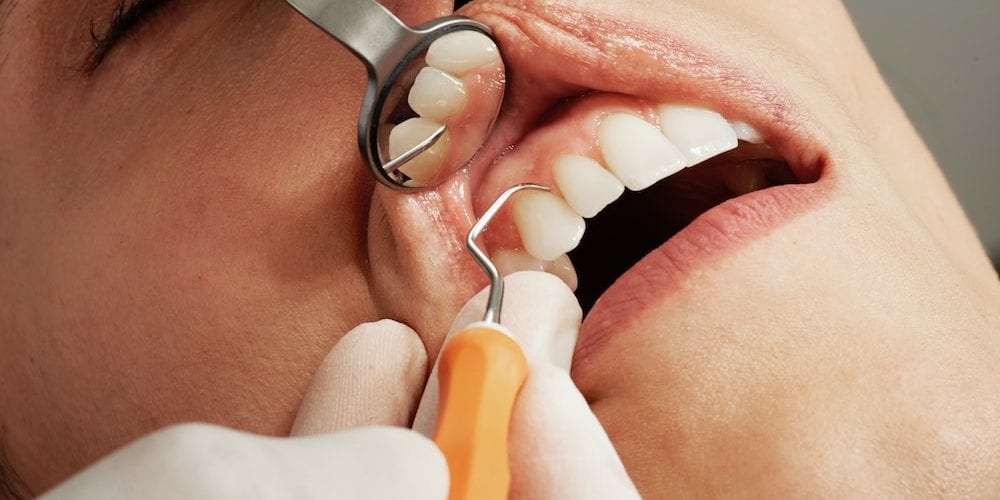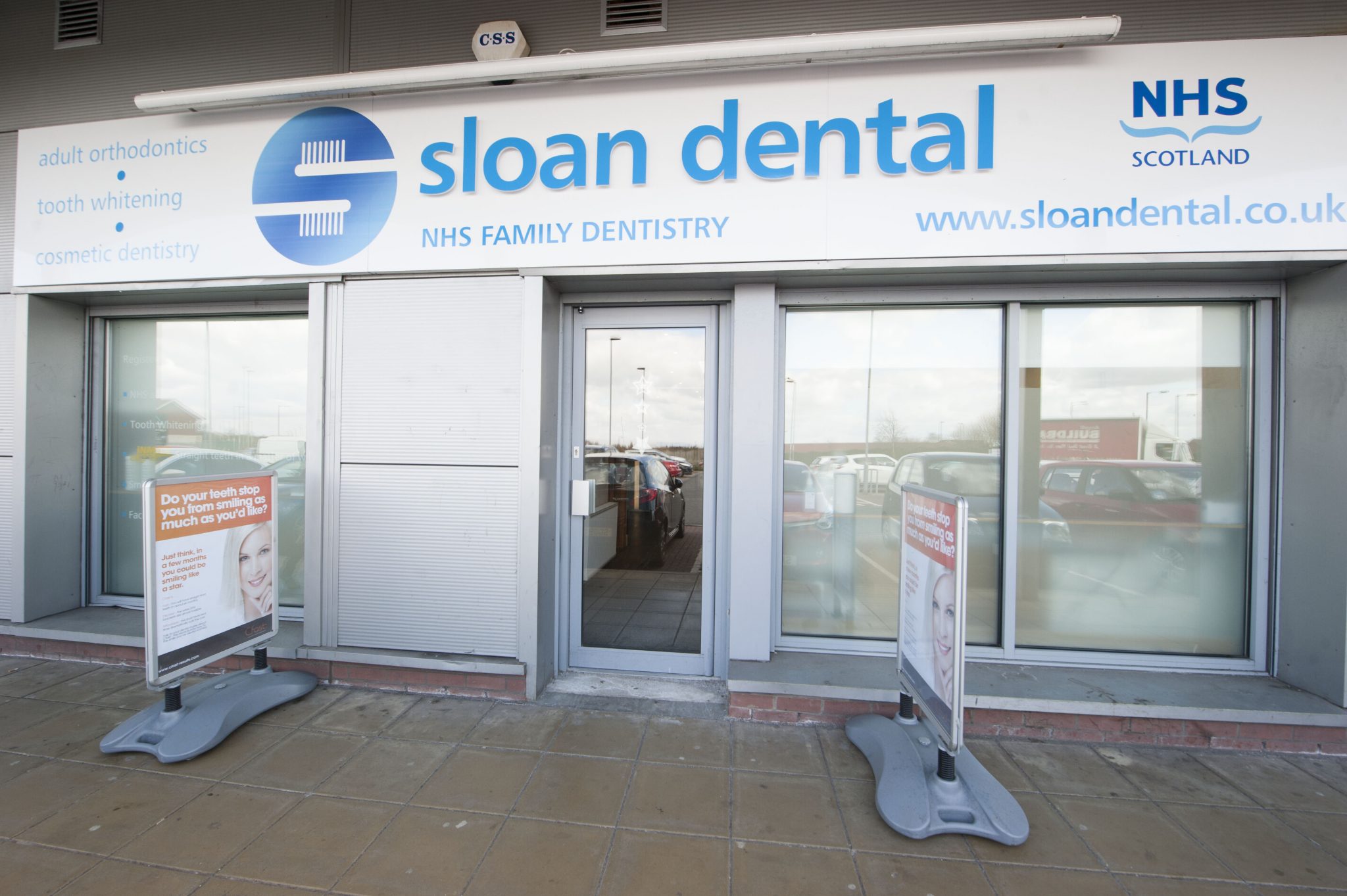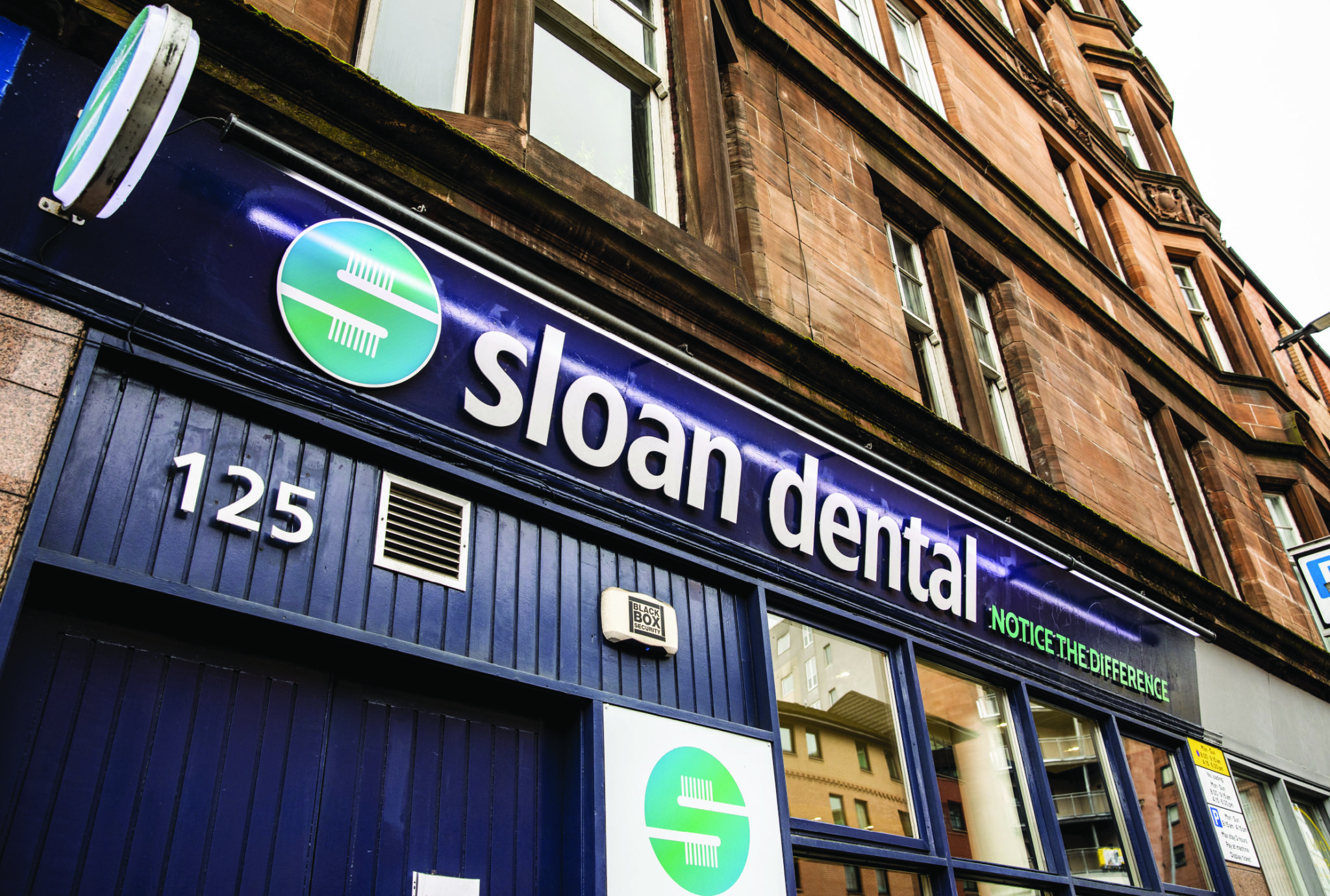Are your gums red and swollen or do they bleed when you brush? This could be a sign that your gums are receding.
When your gums shrink, there is less support for the tooth and pockets can appear around the gum line. This gives bacteria an easy place to hide, which can further aggravate the condition. In extreme cases, the tooth will become loose and can fall out.
The good news is that there are steps you can take at home to stop gingival recession in its tracks! In this blog post, we’ll discuss what causes gingival recession, how it affects your oral health and some strategies for stopping it before it gets worse.
What is gingival recession?
Gingival recession occurs when the gum tissue recedes away from the teeth, exposing your tooth’s root structure and leading to sensitivity in your gums.
Gingival recession can be caused by genetics or habits like brushing too hard or grinding your teeth at night.
What does gingival recession look like?
Since receding gums are often accompanied by gum disease, your gum health can be a good indicator. Your gums may be red and swollen and this may also be accompanied by pain or bleeding when you brush your teeth. You might also experience increased sensitivity.
Look for lines or notches on your teeth close to the gum line, this can be a sign that your gums are receding.
Some people who experience gum recession will only see it in certain places in their mouth. If this is the case for you, make an appointment to see your dentist so they can confirm if the problem is gingival recession or something else.
What causes gum recession?
Gum recession can happen for several reasons, and sometimes it is simply a case of genetics. The most common reasons for gum recession are:
- Periodontal disease (gum disease)
- Genetics
- Brushing too hard
- Poor dental hygiene
- Hormonal changes
- Using tobacco products
- Grinding or clenching teeth
- Crooked teeth or a misaligned bite
- Tongue or lip piercings
If you suspect you might have a problem with your gums, you should book a checkup with your dentist or dental hygienist.
Can receding gums grow back?
Once your gums have receded, they won’t grow back. Gingival recession is permanent and the only way to prevent it in future will be through preventative measures.
In rare cases, surgery may be required to graft soft tissue to the affected area, but this type of treatment is costly and not widely available. Instead, your dentist may recommend treatments to help prevent the condition getting worse.
How is gingival recession treated?
There are three approaches to preventing and treating gingival recession:
Home care
Start by brushing your teeth two times a day with fluoride toothpaste, flossing once daily, using mouthwash or chewing gum that contains xylitol. You should also avoid things like sugary foods and drinks which can cause plaque buildup on the teeth.
Professional dental cleaning and scaling every six months
This type of treatment removes all traces of plaque as well as tartar from between your teeth to help prevent further damage. Additionally, it helps prevent gum disease in future by killing bacteria under the gum line.
Dental surgery procedures such as osseous grafts
This type of procedure is best used in cases when gum recession has occurred due to trauma, bone loss or tooth loss. It can also be an option for people who have a high-risk factor for developing this condition such as those with periodontal disease or diabetes.
Protect your oral health
Gingival recession is a serious condition that can have both short and long-term effects on your oral health. By knowing how to recognise the signs of the condition early and seeking treatment as soon as possible, you can reduce your risk of developing gum disease.
The first thing to do is schedule an appointment with a dental professional for them to diagnose the severity of your gingival recession situation.
Your dentist will then discuss all potential options available, including regular hygienist cleanings and custom mouth guards to help if you grind your teeth at night.



